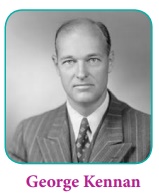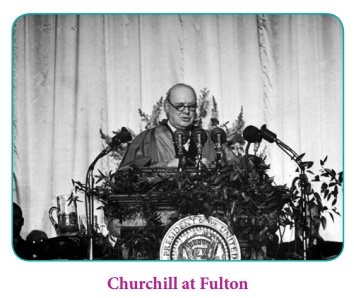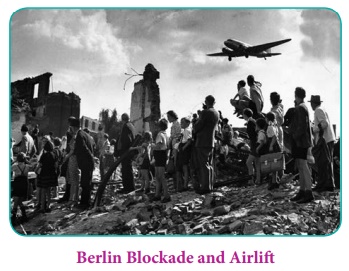The World after World War II | History - Post-War Conditions in Europe | 12th History : Chapter 15 : The World after World War II
Chapter: 12th History : Chapter 15 : The World after World War II
Post-War Conditions in Europe
Post-War Conditions in Europe
The Second World War was more catastrophic than the
First World War. As many as 60 million civilians were killed. In a planned
genocide the Nazis killed 6 million European Jews. Millions became homeless and
refugees. The War had destroyed factories and farm lands. Great cities such as
Warsaw, Kiev, Tokyo and Berlin were totally devastated. Britain and France,
which enjoyed prestige in international politics prior to the War, were badly
undermined. The condition of post-war Europe appeared grave with shortages of
food and raw materials. There was by high rates of unemployment.
The post-War material conditions challenged the
laissez-faire attitude of capitalist countries. Many European countries turned
into social welfare states committed to enhancing the conditions of its citizens.
Not satisfied with the measures of the ruling governments the distressed masses
tended to support socialist movements. This was especially so in Greece and
Turkey where the communist movement was active. The USSR supported parties and
movements which were left-leaning. By 1948 the Soviets had established left
wing governments in the countries of eastern Europe notably in Romania,
Bulgaria and Hungary. Elections held in Yugoslavia had already resulted in the
formation of a communist state under Tito. As communism strengthened its grip
on eastern Europe, the Americans and the British began to worry about the
threat of Soviet-influenced parties coming to power in western Europe.
Emergence of a Bi-Polar World
Following the defeat of Germany, Stalin, Truman and
Churchill, later replaced by Clement Attlee, met at Potsdam near Berlin in July
1945 to discuss the future of Germany. During the course of the meeting Truman
informed Churchill about the invention of an atomic bomb. A few days after the
conference, USA dropped atomic bombs over the Japanese cities of Hiroshima and
Nagasaki. With the bombardment of Japanese cities, Japanese Emperor Hirohito
announced his country's unconditional surrender. This act of bombing Japan
without informing USSR created a diplomatic void between two countries. USSR
produced an atomic bomb in 1949.

Meanwhile difference of opinion creation of the
World Bank and the
International
Monetary Fund between the US and the USSR. On 22 February 1946 George Kennan, the American charge d’affaires in Moscow,
in an 8,000- word telegram to the Department of State, known as ‘Long
Telegram,’ emphasised that the Soviet Union did not see the possibility for
long-term peaceful coexistence with the capitalist world and suggested that the
best strategy was to “contain” communist expansion around the globe.
In March 1946 Churchill, who was
invited to speak at Fulton in Missouri, condemned the Soviet action of
installing communist governments in Eastern European region. He declared “From
Stettin in the Baltic to Trieste in the Adriatic, an iron curtain has descended
across the continent.” He called for a western alliance which would stand firm
against communism. Churchill’s speech is considered to signal the beginning of
the Cold War. Stalin criticised Churchill as a warmonger. After the Iron
Curtain Speech of Churchill, USSR continued to tighten its hold over Eastern
Europe. By the end of 1947 except Czechoslovakia the rest of the area was
brought under Communist rule.

The Berlin Blockade and Formation of East Germany and West Germany
By the Yalta and Potsdam
Conference agreements, Germany, with its capital city Berlin, was divided into
four zones, viz., U.S zone, U.K. zone, French zone and USSR zone. By early 1948
all the three western zones were merged together and with the Marshall Plan
these zones registered rapid growth and development. USSR’s response was to put
pressure on communications between West Berlin and West Germany. In June 1948
the Russians stopped all road and rail traffic between West Berlin and West
Germany. The western powers decided to maintain contact with Berlin by air. For
nearly eleven months West Berlin was supplied by air, and vast quantities of
supplies were flown in at immense cost. In May 1949 USSR ended its ban on land
traffic and the crisis ended. The western powers now went ahead and set up the
Federal Republic of Germany in August 1949 (FRG, popularly known as West
Germany) and USSR set up the German Democratic Republic (GDR, popularly known
as East Germany) in October 1949. If the division of Germany marked the real
beginnings of the Cold War, the reunification of Germany in 1990 signalled the
end of Cold War.

Related Topics